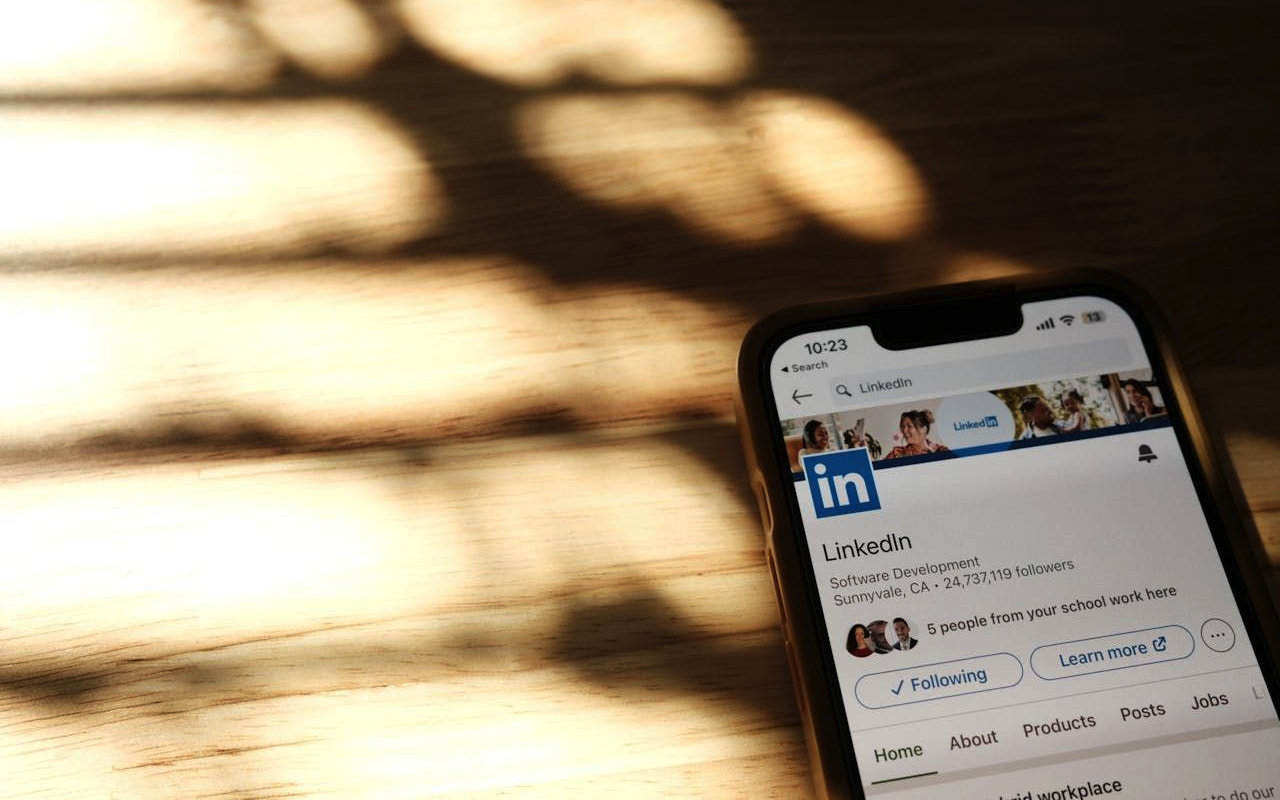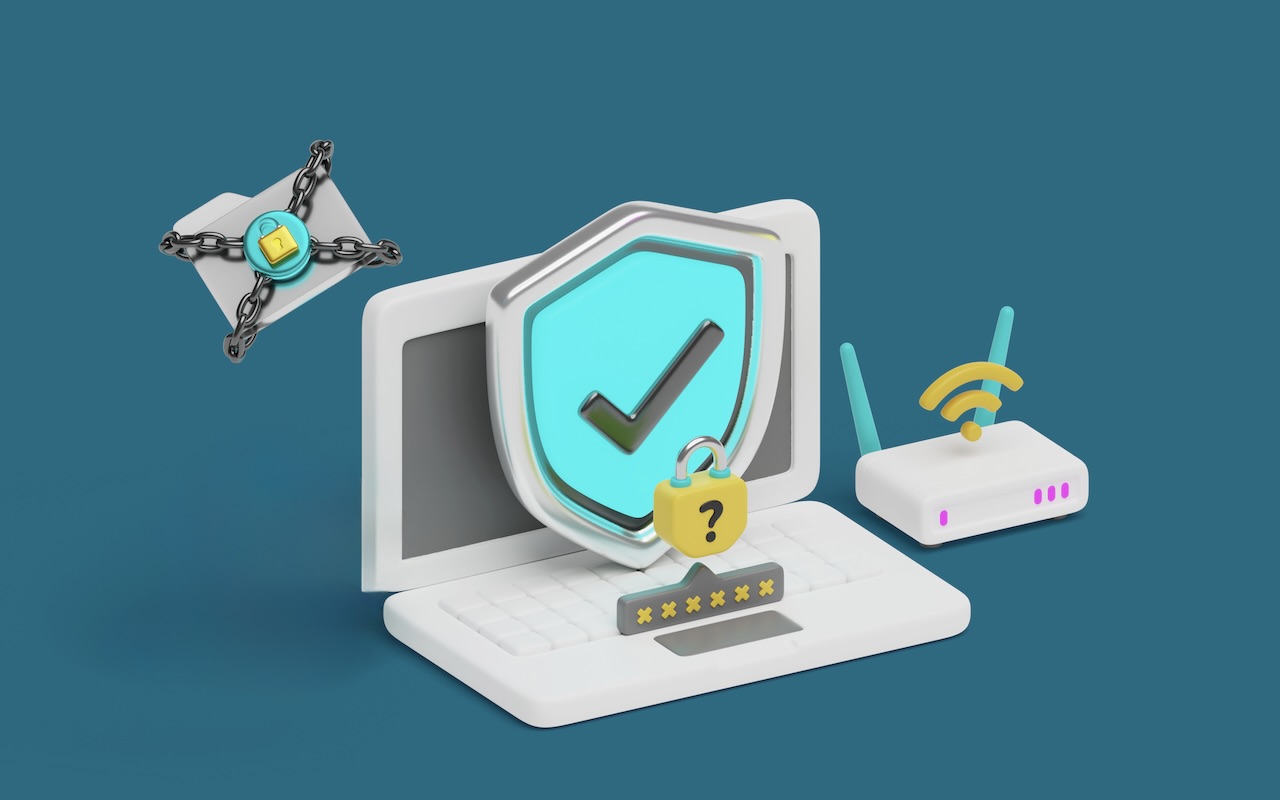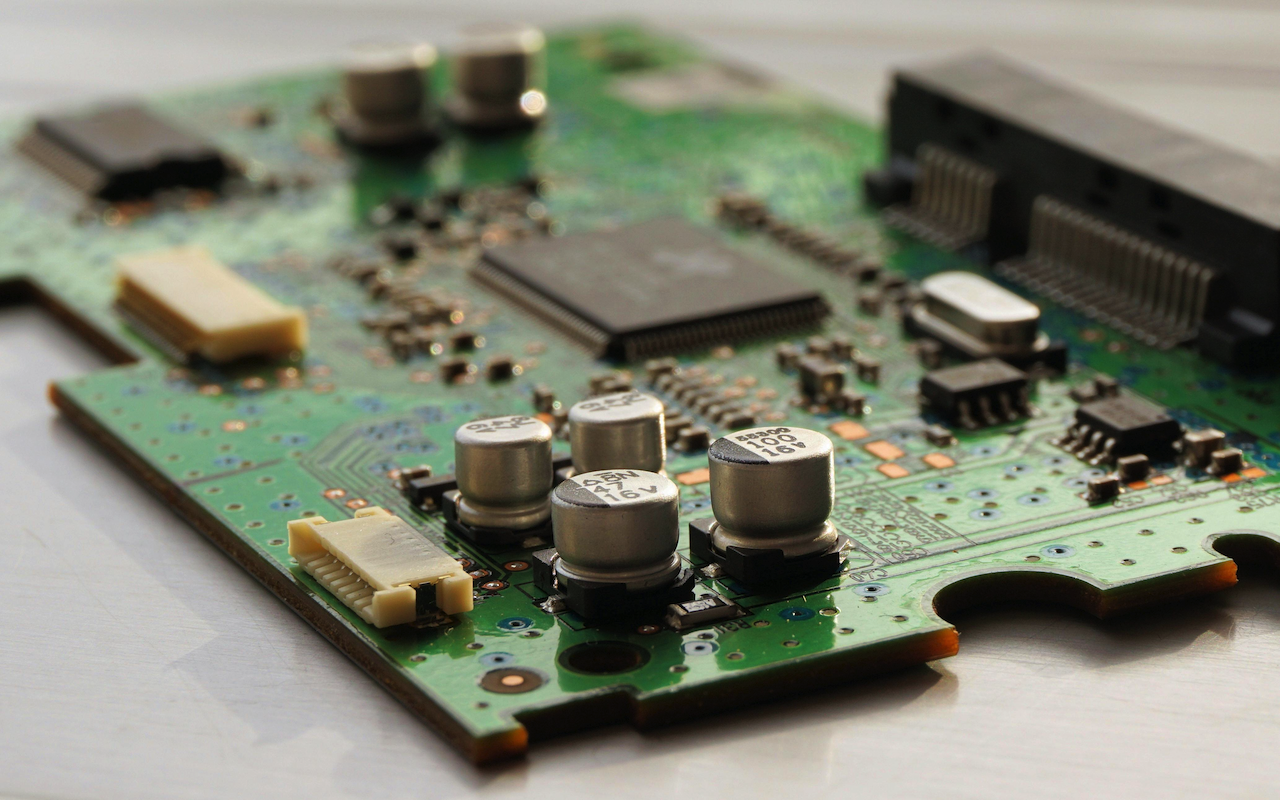Mar 24
2025
What is My Minecraft Server Address?

Minecraft is one of the most popular sandbox games, allowing players to create and explore virtual worlds. If you want to play with friends or host a multiplayer game, you need to know your Minecraft server address. This address helps players connect to your server and play together.









